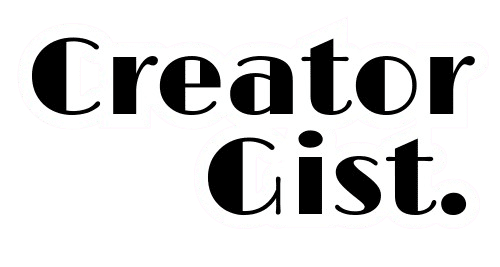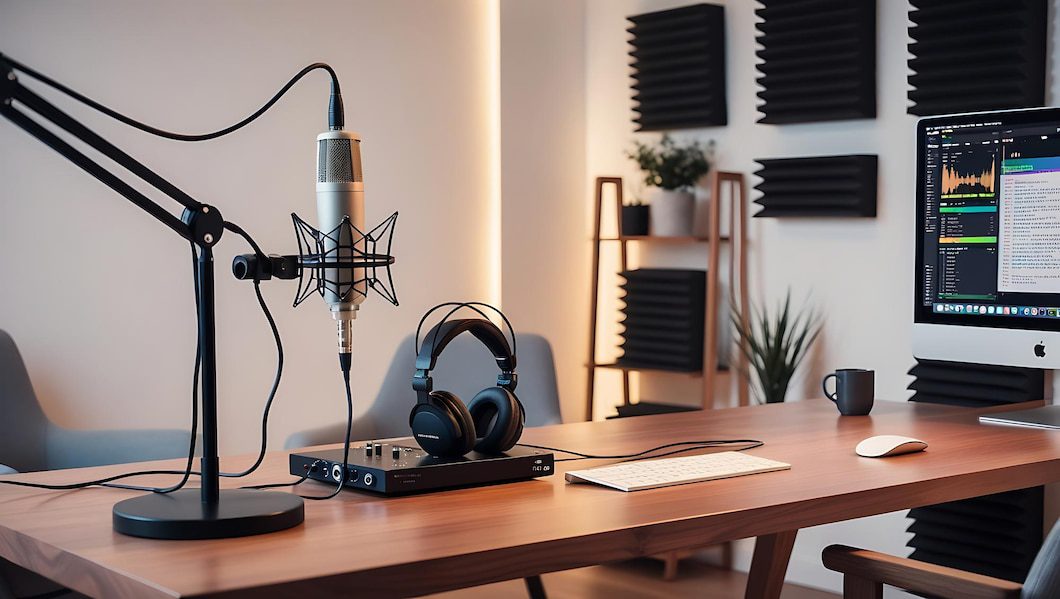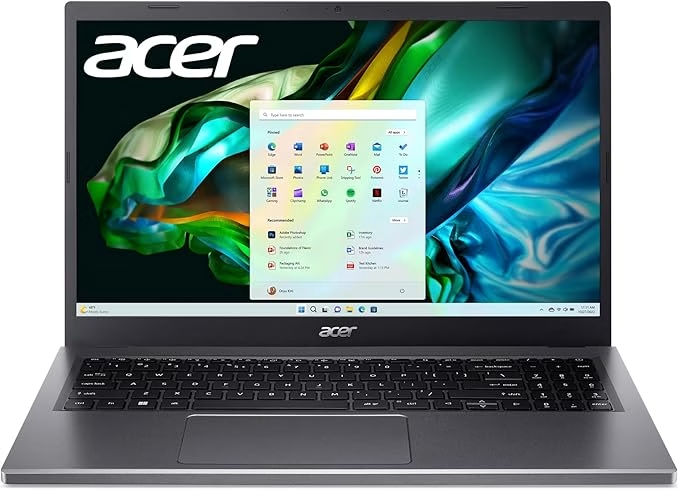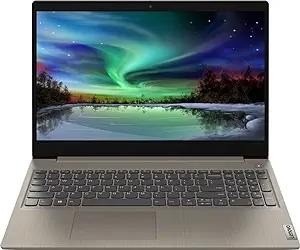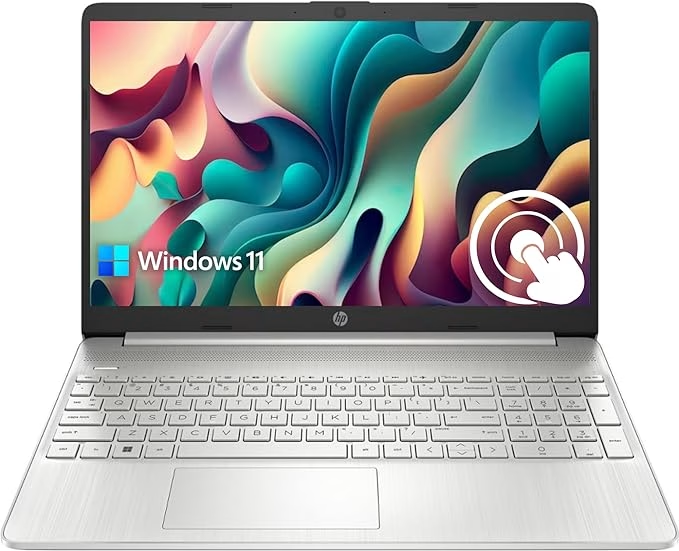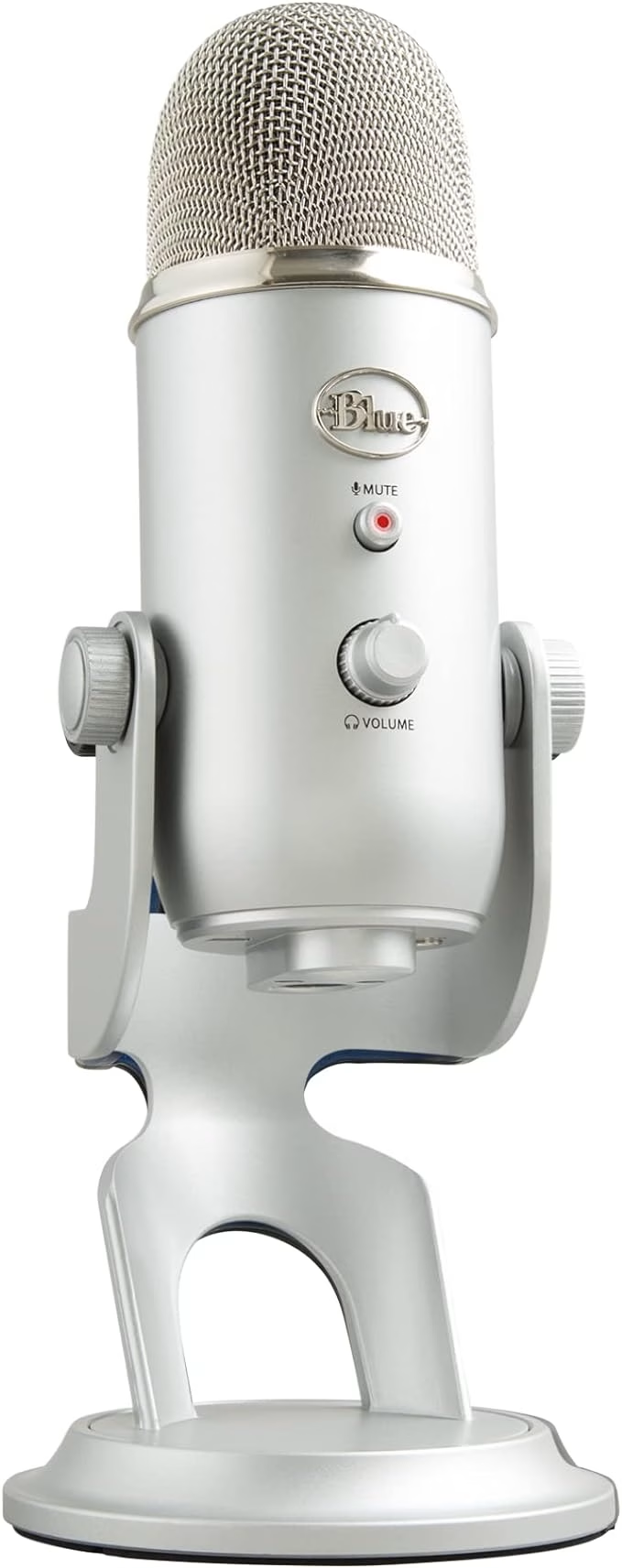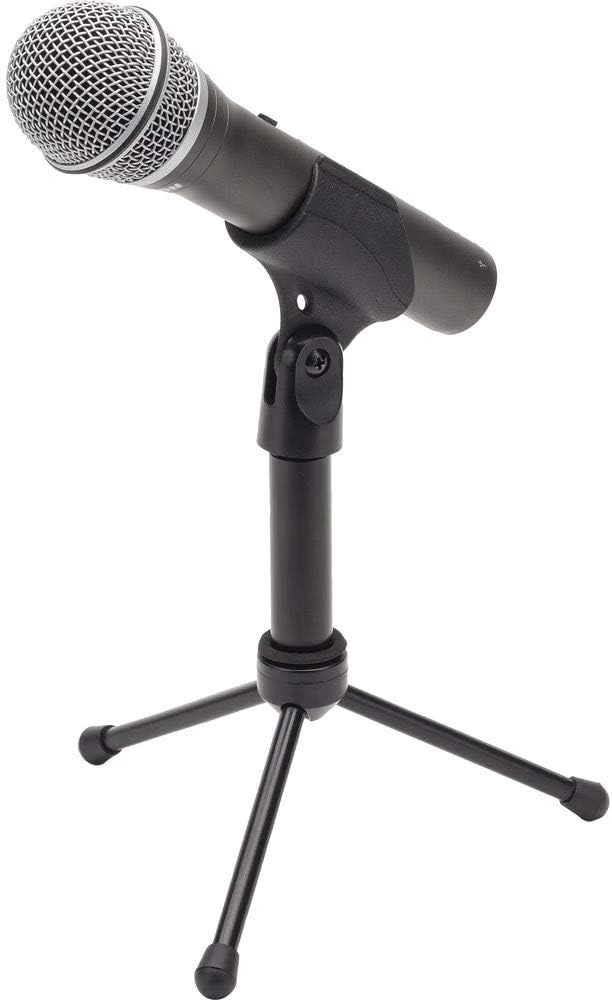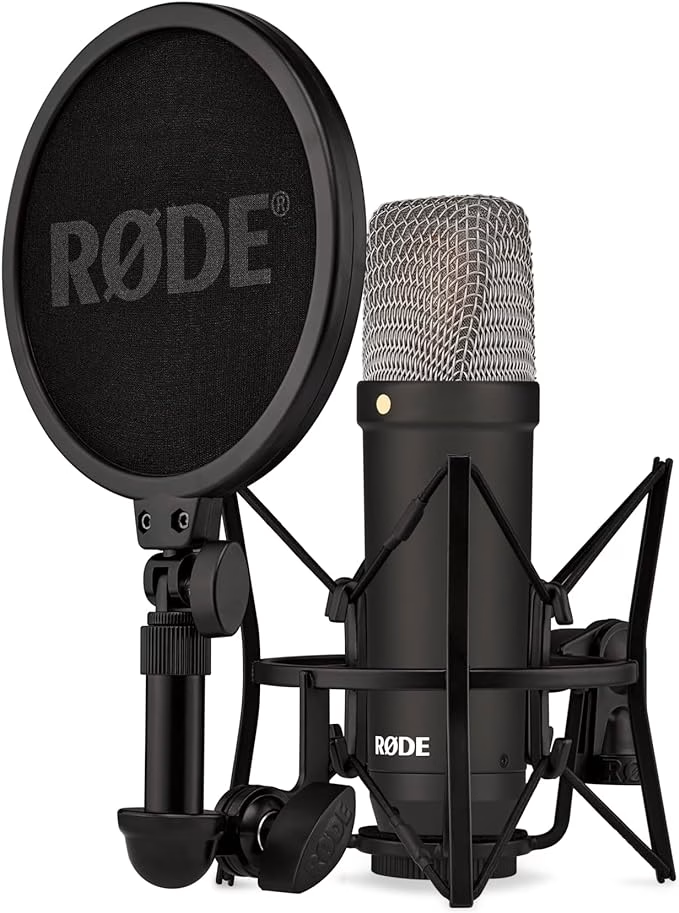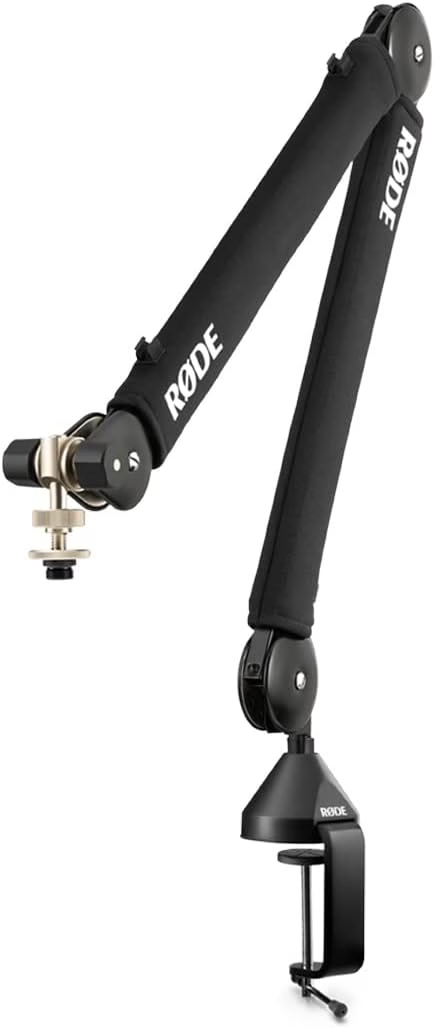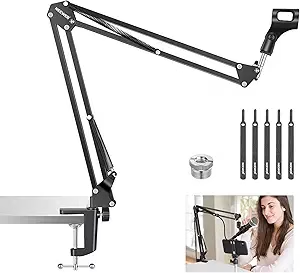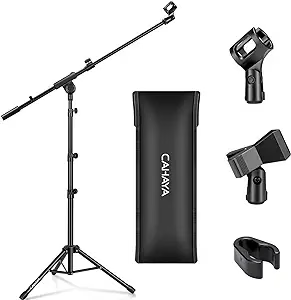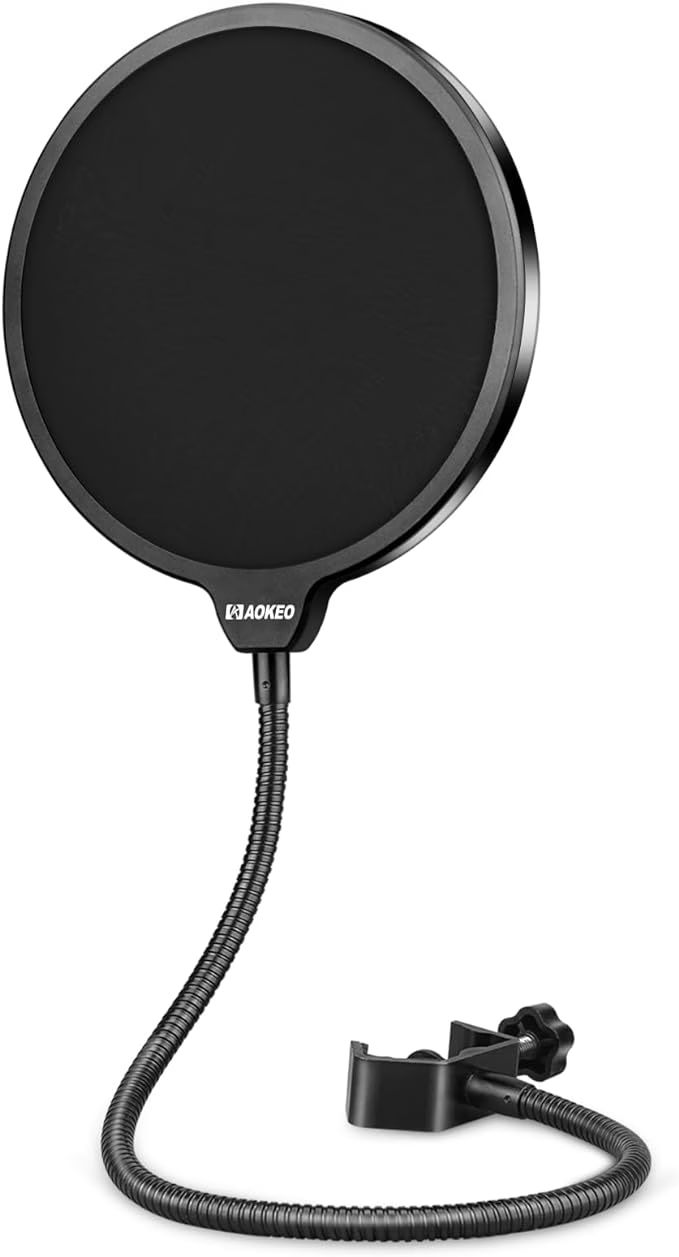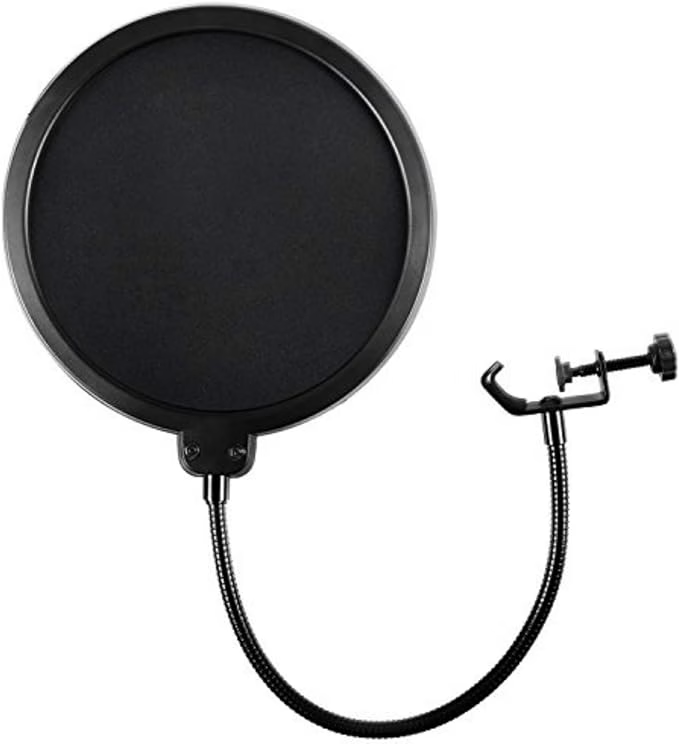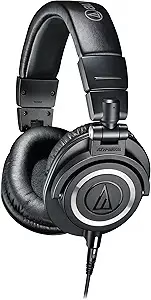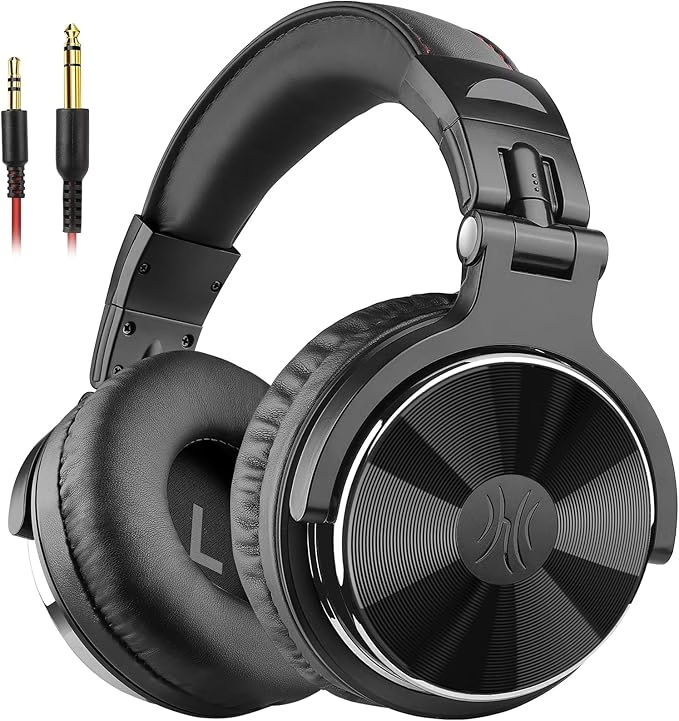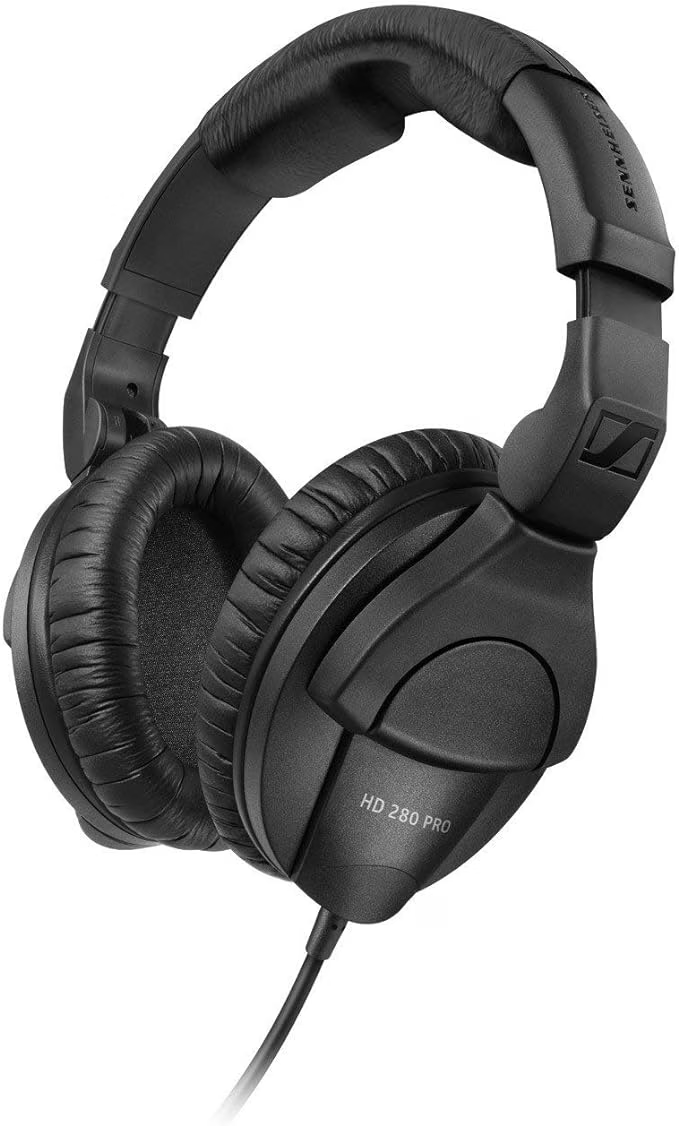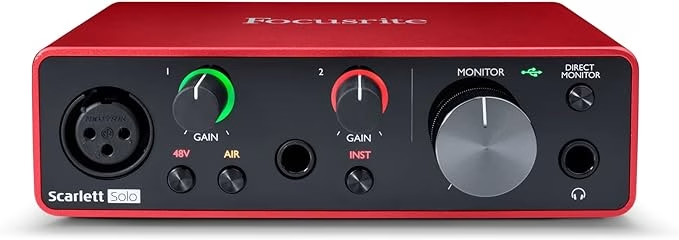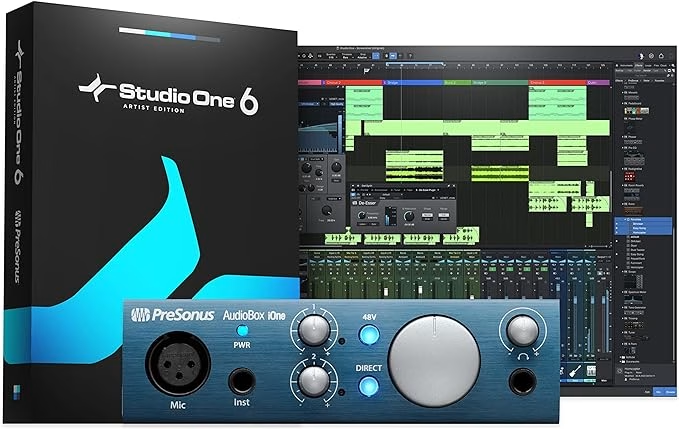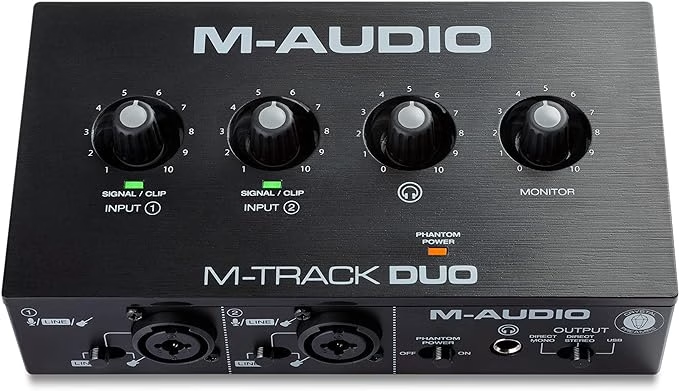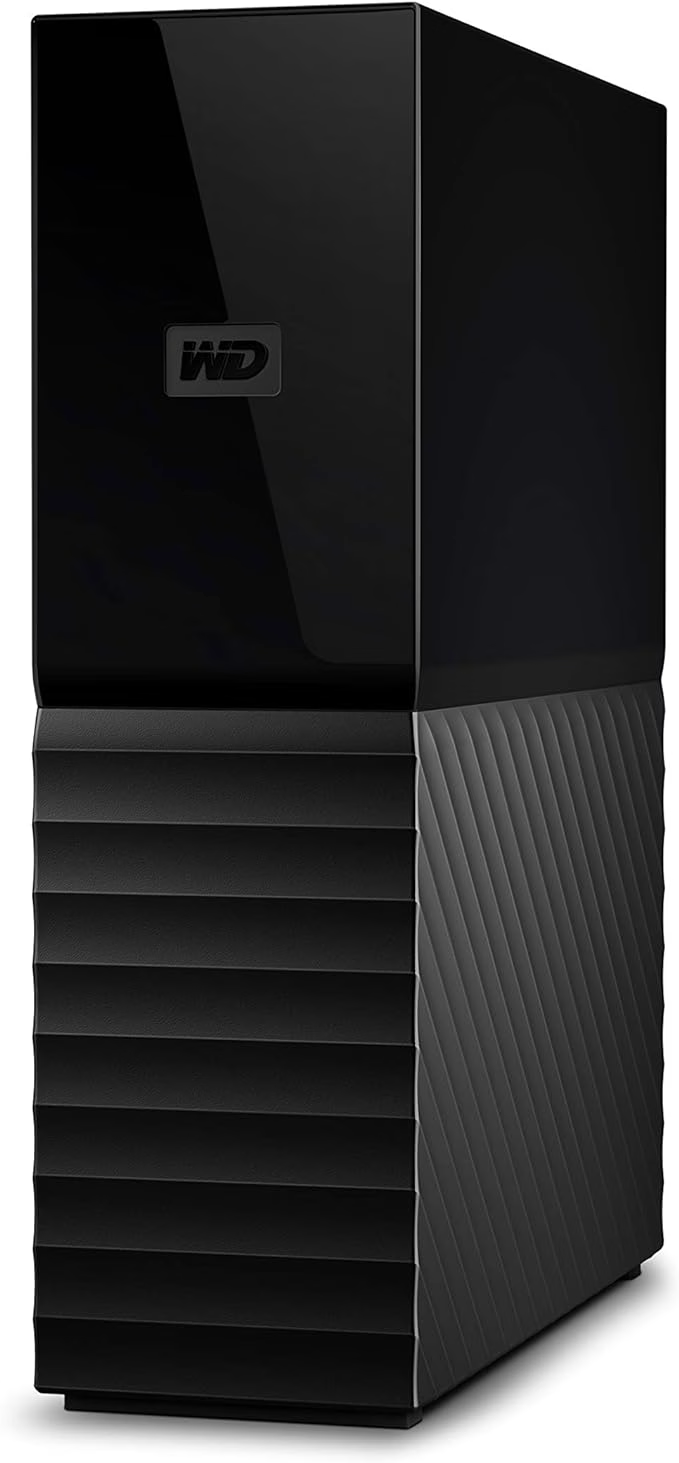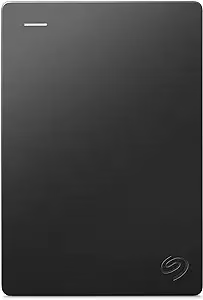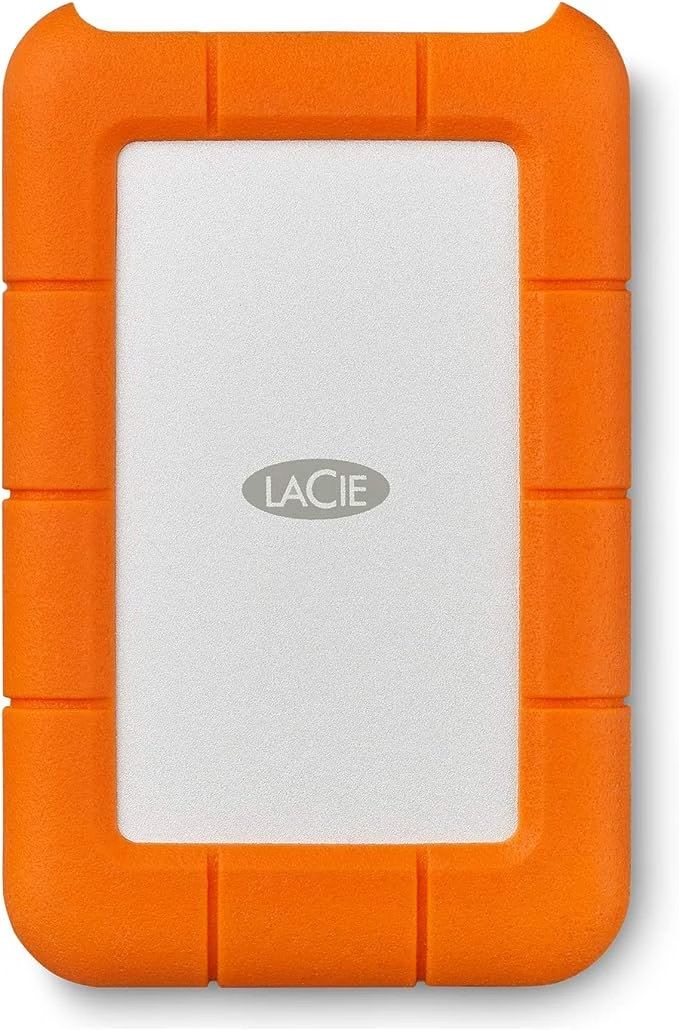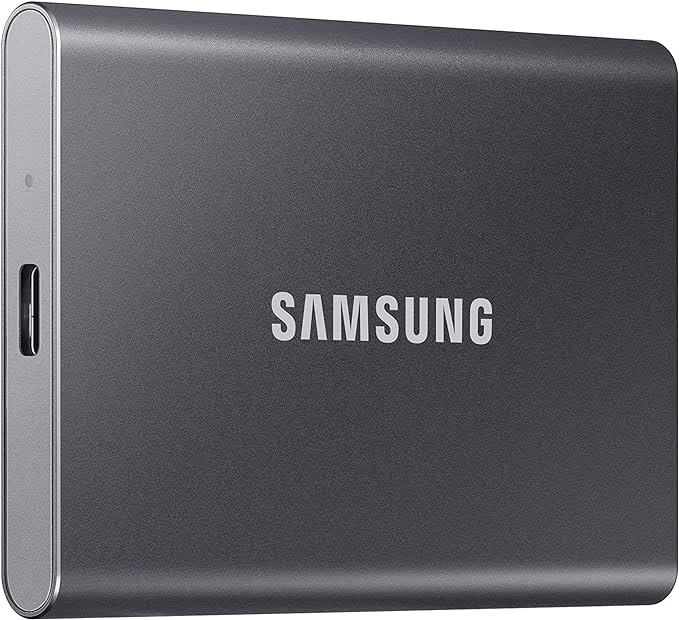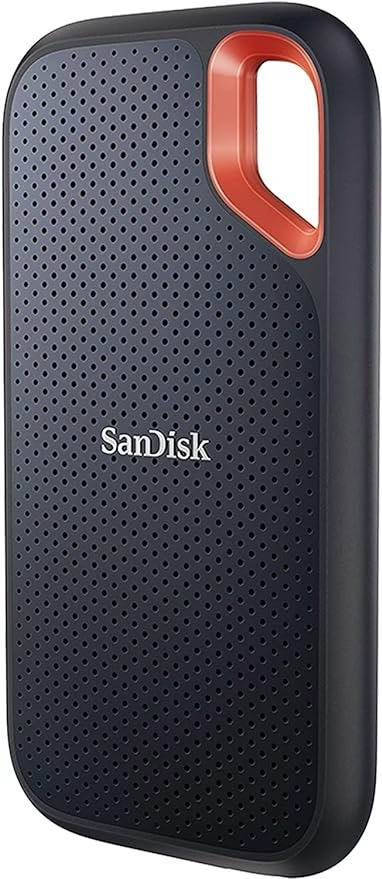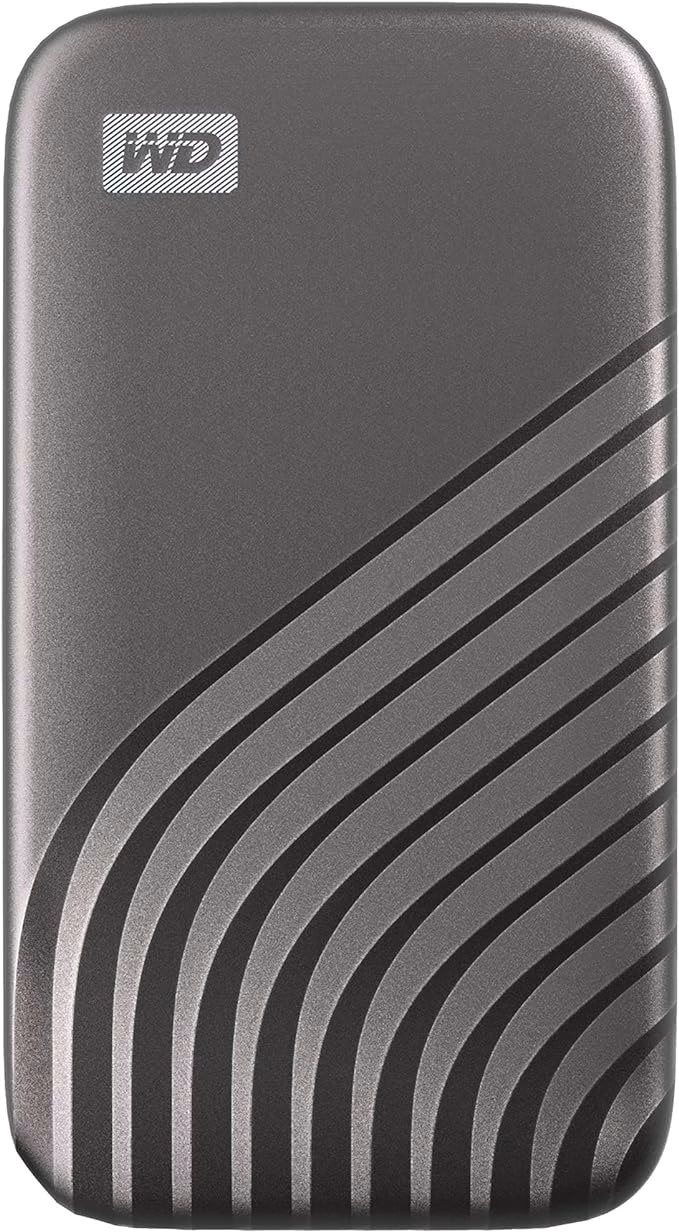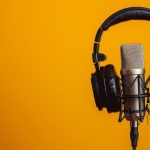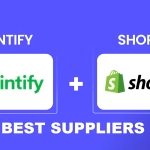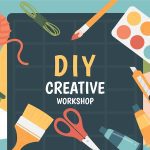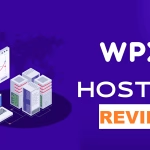Starting a podcast can be an exciting journey. Yet, it demands a clear understanding of what one needs. Not all podcasts are the same. Some may require simple podcast starter kit; others might need advanced gear.
Before you invest in equipment, think about your podcast’s style. Will it be a solo show or include multiple guests? Will you record in a studio or on the go? Does your show involve live streaming?
Answering these questions helps tailor your gear purchases to your actual needs. It ensures you don’t overspend on unnecessary items or overlook key essentials for your specific podcast type.
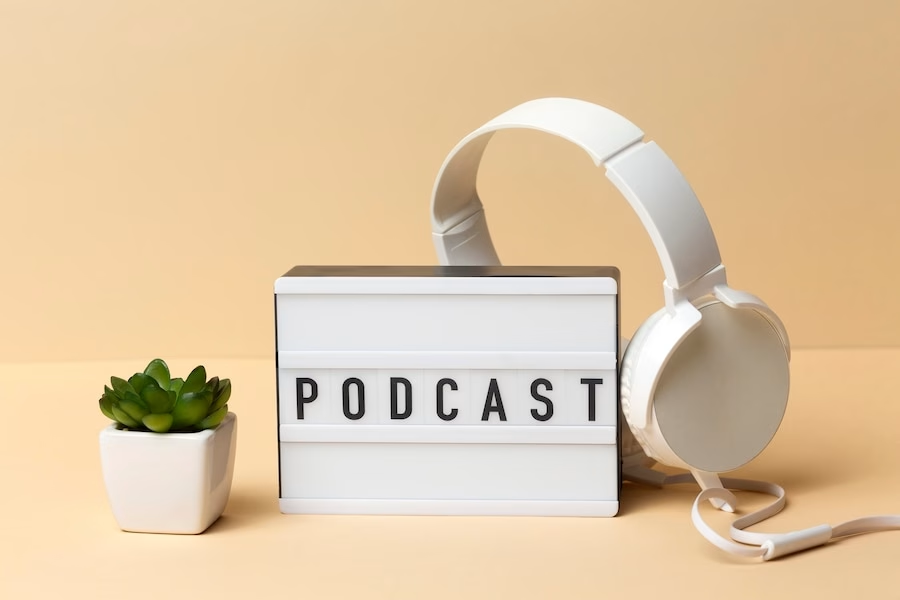
Selecting the Right Equipment
When starting a podcast, the right equipment is vital for quality audio. It can be daunting to choose with so many options. Here’s how to select the right podcast starter kit:
- Define Your Podcast Format: Solo or co-hosted? Interviews? Format influences your gear.
- Consider Your Environment: Will you record in a studio, at home, or on the go?
- Decide on Your Budget: Your investment should match your podcasting goals.
- Research and Reviews: Look for gear with positive feedback from other podcasters.
- Future Growth: Choose equipment that can scale with your podcast.
- Ease of Use: You should be comfortable with the technology.
Start with the essentials and expand as your podcast grows. The right equipment will ensure your voice is heard clearly and professionally.
Budget-Friendly Podcast Starter Kits
Entry-Level Podcasting Gear
- Smartphones or low-cost USB microphones for beginners.
- Basic editing software, such as Audacity or GarageBand.
- Inexpensive headphones for audio monitoring.
- Cost-effective pop filters to reduce plosives.
- Simple microphone stands or arm clamps for stability.
- Affordable hosting services for releasing your podcast.
Note
Starting a podcast is exciting, but making a strong first impression is crucial to attracting and retaining listeners.
Best Podcasting Budget-Friendly Starter Kit
Laptops
Podcasting Laptops for Starters
The best, budget-friendly, reliable laptop offering solid performance for podcasting tasks like recording, editing, and multitasking.
Microphones
Budget Friendly Microphones
Popular choices for beginners, offering good sound quality and multiple recording modes.
If your budget is below $100: Find the Best Podcasting Mics Under $100 in 2025
Boom Arms
Versatile and Budget Friendly Boom Arms
Sturdy and adjustable boom arms to position your microphone for optimal sound quality.
Pop Filters
Popular and Starter Friendly Pop Filters
Must-have accessory to reduce plosive sounds and improve audio clarity.
Headphones
Popular Headphones for Starters
Best choices for monitoring audio quality and mixing
Explore top-rated and reviewed Best Headphones for Podcasting in 2025
Audio Interfaces
Top Audio Interfaces for Beginners
Simple and affordable audio interface for connecting your microphone to your computer.
Recording Software
Audacity: A free and powerful audio editing software with a wide range of features.
GarageBand (for Mac): Apple’s free audio editing software with a user-friendly interface.
Reaper: A professional-grade audio editing software with a competitive price point.
Storage Devices
External Hard Drives
Get an external hard drive for your podcast, with speed, portability, and password protection
Solid-State Drives (SSDs)
Best budget-friendly SSDs for audio engineering and podcast production
Cloud Storage
Google Drive, Dropbox, OneDrive, Backblaze
Remember, these are our recommendations, and you may need to adjust your equipment based on your specific needs and budget. Experiment with different setups to find what works best for you.
Cost-Efficient Bundles
For new podcasters, it is crucial to find a balance between quality and affordability. A cost-efficient podcast starter kit can mean the difference between a rocky start and a smooth take-off.
Ideal bundles for budget-conscious podcasters often include a decent microphone, headphones, and basic recording software. While features might be basic, they provide enough to create clear audio content.
Look for podcast starter kit that offer the essentials without the frills. They should be user-friendly, with clear setup instructions and customer support.
While saving money is important, investing in slightly better equipment can pay off in the long run.
Mid-Range Podcasting Setup Options
Enhanced Sound Quality Equipment
- Investing in mid-range podcast equipment dramatically improves audio quality.
- Consider condenser or dynamic microphones tailored for vocal clarity.
- Mid-tier audio interfaces enrich sound input with better preamps and converters.
- Look for microphones with built-in analog-to-digital conversion for consistent quality.
- Explore USB microphones with high-quality capsules for enhanced sound.
- Multi-pattern microphones offer versatility for solo or multi-guest recordings.
- Browse headphones offer accurate sound representation for better editing.
Versatile Recording Tools for Growing Podcasts
As your podcast grows, so should your equipment. A mid-range setup offers tools that adapt to different recording scenarios. Look for multi-pattern mics like AKG Pro Audio Condenser Microphone that tackle solo sessions and group chats.
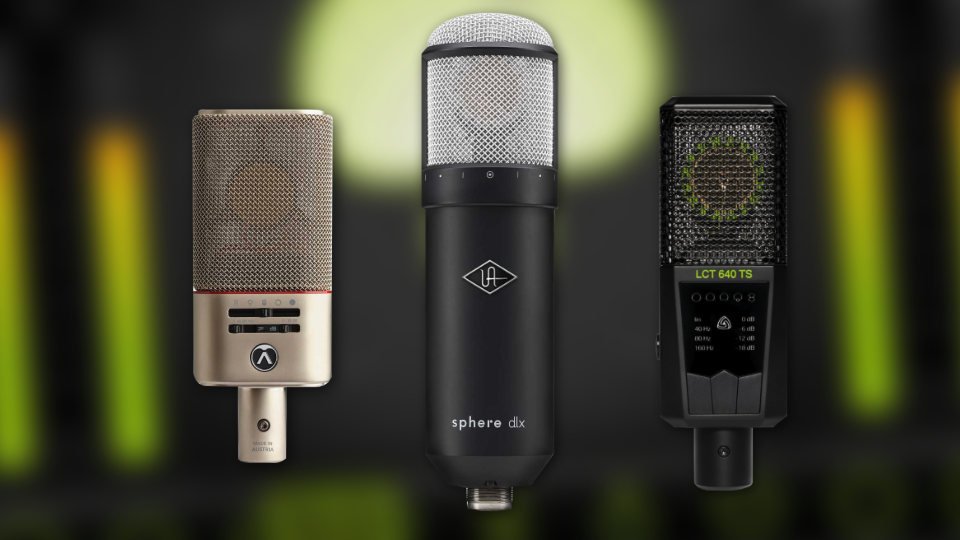
An interface with more inputs is key for adding guests or music. Devices with onboard processing reduce post-work. Items like portable recorders are great for on-the-move interviews. This kit is perfect for those taking their podcast to the next level, balancing quality with versatility.
Professional-Level Podcast Equipment Bundles
High-End Recording Solutions
Aspiring to produce studio-quality audio for your podcast? High-end recording solutions are key. Such kits often include top-notch microphones with advanced features, like multi-pattern recording capabilities and superior noise reduction.
Premium audio interfaces with high-quality preamps and more input/output options are also common in these bundles. Often, they come with sophisticated software to fine-tune recordings. Investing in professional-level gear ensures crisp, clear, and captivating sound that can impress any audience.
Quality Accessories for Pro Podcasters
When it comes to podcasting at a professional level, the right accessories can make all the difference. These extras go beyond the microphone and interface, enhancing the audio experience and streamlining the production process.
Investing in quality accessories such as shock mounts, high-grade cables, and sophisticated monitoring systems pays off in the long run for top-tier podcasters.

Additionally, acoustic treatments like soundproofing panels ensure a studio-quality recording environment.
Let’s dive into the essentials that can elevate your podcasting to a professional standard.
Essential Recording Devices
Microphones and Their Types
Embarking on your podcast journey, a microphone is the cornerstone of your setup. It’s crucial because it captures your voice and, thus, the essence of your podcast. It’s the must-have in your podcast starter kit.
Microphones come in several types, each with unique attributes fit for different recording situations. Here’s a simple breakdown:
Dynamic Microphones: Rugged and versatile, ideal for handling high sound pressure levels. Perfect for recording in less-than-ideal acoustic environments. Below is an example.
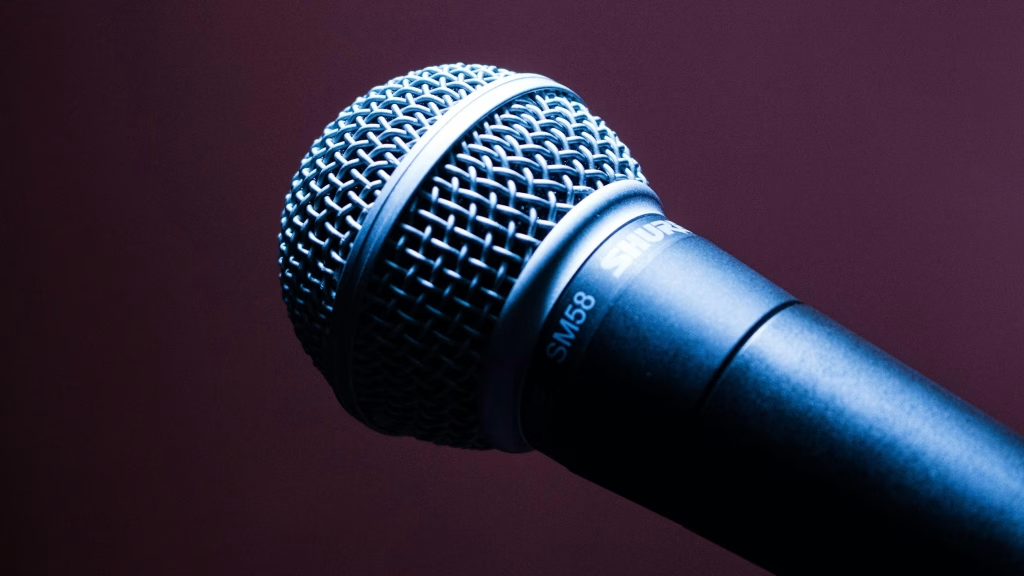
Condenser Microphones: Known for their sensitivity and wider frequency response. They capture more detailed and nuanced sounds. Suited for controlled studio settings. Below is a top recommendations in this category.
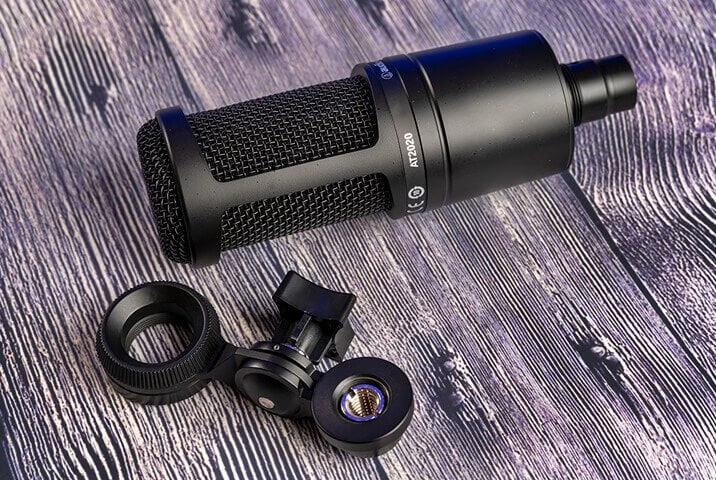
USB Microphones: A favorite among beginners for their ease of use and compatibility with computers without needing extra gear. Below is a recommendation in this category.

Lavalier Microphones: Small and clip-on, these are excellent for interviews or recording on the move.

Shotgun Microphones: Highly directional, focusing on sound from one direction, great for narrative podcasts. Best shotgun microphones include:
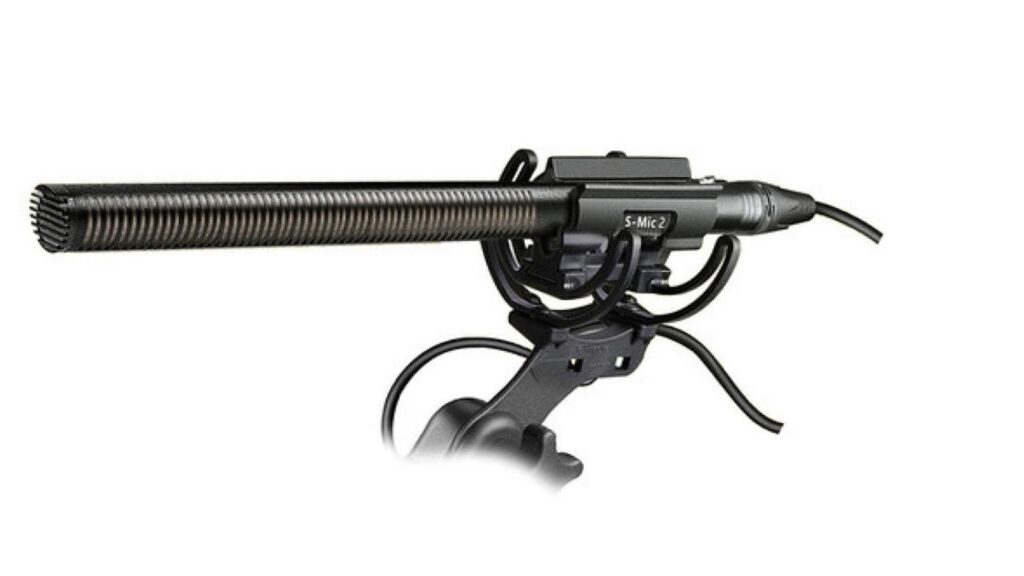
Picking the right type ensures your podcast’s audio quality aligns with your content’s caliber.
Audio Interfaces and Mixers
Audio interfaces and mixers play a crucial role in capturing clear, high-quality sound for your podcasts. An audio interface is an essential device that ensures your microphones and other audio sources can be connected to your computer.
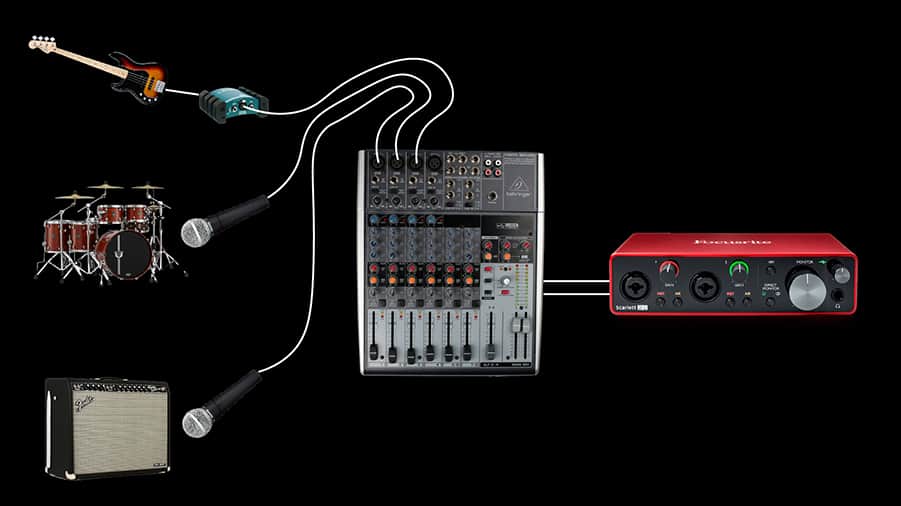
Mixers, on the other hand, give you more control over the audio levels, allowing you to adjust the balance and tone of multiple microphones and inputs.
Together, they help create a professional sound. When choosing an interface or mixer, look for features such as multiple input channels, phantom power for condenser mics, and easy-to-use software compatibility.
Supporting Accessories for Podcasting
Headphones and Monitoring
A vital part of any podcast starter kit is the right set of headphones. They let you monitor audio quality in real time and catch any issues early on.
For podcasters, headphones must be comfortable for long sessions and have clear sound. Investing in noise-canceling models can also help focus on the audio without distractions.
Some come with built-in microphones which can be helpful for interviews or co-host setups. Remember, quality headphones are a key tool in producing a professional-sounding podcast.
Pop Filters and Stands
- Pop Filters: Essential for reducing plosives in speech.
- Stands: They keep your setup secure and flexible.
When recording a podcast, clarity is key. Pop filters help by cutting out unwanted noise from hard ‘p’ and ‘t’ sounds. This keeps your audio clean. Stands are just as crucial. They give you the freedom to move while keeping your mic in place.
Together, they enhance your podcast’s sound quality.
Software and Apps for Podcast Recording and Editing
Free and Paid Software Solutions
For both newbies and veterans, finding the right software for podcast recording and editing is crucial. Let’s delve into the ocean of options available for your podcast starter kit.
Free software solutions include Audacity, a robust and popular platform that allows for an array of editing options without cost.
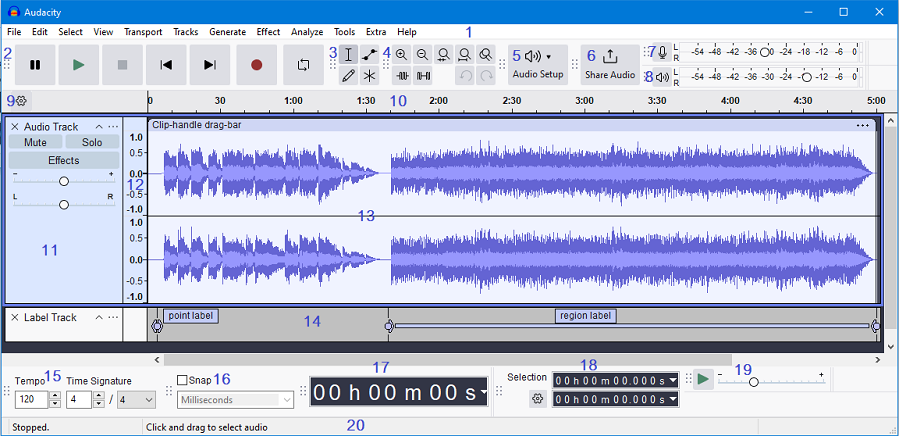
For those willing to invest in their podcast production quality, Adobe Audition offers an expansive range of pro-level features.
GarageBand, another free alternative, caters well to Mac users, combining simplicity with a good set of editing tools.
If you’re seeking more advanced features, Hindenburg PRO is a paid option designed for podcasters and radio journalists. These are just a few choices to start with—each with its benefits depending on your podcasting needs and budget.
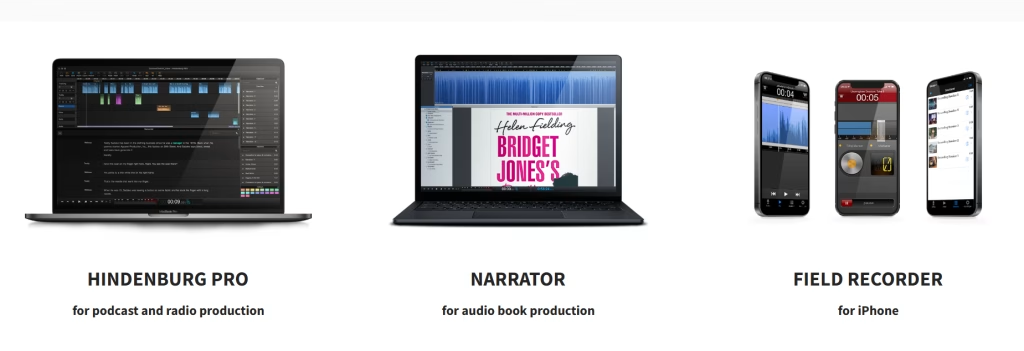
Mobile Apps for Podcasters on the Go
- Anchor: Free and easy, Anchor allows recording, editing, and hosting.
- Spreaker Studio: Live broadcast and manage episodes on mobile.
- GarageBand: Ideal for iOS users, GarageBand offers robust editing features.
- Adobe Audition: A pro-level app for those seeking advanced editing on-the-go.
- Audacity: Compatible with various devices, it’s a free and versatile option.
- Auphonic: Automatic audio post-production, leveling, and noise reduction for quality sound.
- Bossjock Studio: Podcasters can mix audio files and effects live with this app.
- Ferrite Recording Studio: Designed for easy editing and recording on iOS devices.
Distribution and Marketing Your Podcast
Hosting Platforms and Distribution
Once your podcast is recorded, it’s time to share it with the world.
Podcast hosting platforms are crucial for distribution. They store your episodes and generate an RSS feed. This feed lets listeners find you on apps and websites.
There are many hosting services: some free, others paid. They often offer different features. Choose one that fits your needs and budget. After setting up a host, distribute your podcast. Below is a list of the best podcast hosting platforms.
Best Podcast Hosting Platforms
Buzzsprout
Buzzsprout is a user-friendly podcast hosting platform that makes it easy to upload, publish, and promote your podcast.
Best for: Beginners and hobbyists
Key features: Easy-to-use interface, unlimited episodes, built-in analytics
Unique selling points: Free plan with unlimited episodes, simple setup, focus on ease of use
👉 Click here to explore Buzzsprout’s intuitive hosting platform and get started today!

Podbean
Versatile podcast hosting platform offering unlimited storage, monetization options, and live-streaming capabilities.
Best for: Podcasters of all levels, from beginners to professionals
Key features: Unlimited storage, custom domain support, detailed analytics
Unique selling points: Wide range of features, affordable pricing, user-friendly interface
Anchor
Best for: New podcasters looking for a free and comprehensive platform
Key features: Built-in recording and editing tools, distribution to major platforms, monetization options
Unique selling points: Free platform, owned by Spotify, easy to get started
Captivate
Best for: Podcasters who want to grow their audience and monetize their content
Key features: Growth-focused tools, detailed analytics, easy integration with other platforms
Unique selling points: Focus on audience growth, monetization features, comprehensive analytics
Libsyn
Best for: Experienced podcasters who need a powerful and customizable platform
Key features: Advanced features, API access, customizable player
Unique selling points: Powerful features, flexibility, strong community of podcasters
Transistor
Best for: Podcasters who want a simple, affordable platform with great support
Key features: Unlimited episodes, easy setup, excellent customer support
Unique selling points: Focus on simplicity and customer service
Sound.fm
Best for: Podcasters who want a free platform with basic features
Key features: Free hosting, simple interface, limited analytics
Unique selling points: Free option for those on a tight budget
RedCircle
Best for: Podcasters who want a platform with advanced features and a focus on monetization
Key features: Detailed analytics, monetization tools, integration with other platforms
Unique selling points: Focus on monetization, advanced analytics
Castos
Best for: Podcasters who need a flexible and customizable platform
Key features: Unlimited hosting, custom domain support, WordPress integration
Unique selling points: Flexibility, customization options, WordPress integration
Simplecast
Best for: Podcasters who want a simple and affordable platform with great support
Key features: Unlimited episodes, easy setup, excellent customer support
Unique selling points: Focus on simplicity and customer service
When choosing a podcast hosting platform, consider your needs, budget, and experience level. By selecting the right platform, you can ensure that your podcast is distributed effectively and reaches your target audience.
Get it on popular directories like Apple Podcasts, Spotify, and YouTube Music (Formerly Google Podcasts). This increases your reach and potential audience. Remember to submit your RSS feed to these platforms. This ensures your latest episodes are readily available to listeners.
Tips for Promoting Your Podcast
To make your podcast a success, effective promotion is key. Here are some tips:
- Utilize Social Media: Share your episodes on all social platforms. Tease content to spark interest.
- Engage with Listeners: Respond to comments and messages. Build a community around your podcast.
- Leverage SEO: Use keywords that potential listeners might search for to find your content.
- Collaborate with Other Podcasters: Cross-promote with podcasts in similar genres.
- Guest Appearances: Invite guests with their following. This can bring new listeners.
- Submit to Podcast Directories: Make sure your podcast is listed in all major directories.
- Consistency is Key: Release episodes on a regular schedule to keep listeners coming back.
- Use Email Marketing: Collect emails and send out episode updates and exclusive content.
These strategies can help expand your reach and grow your audience.
Conclusion
Recap of Recommendations
As aspiring podcasters, choosing the right podcast kit is vital for success. To recap, we discussed options for all budgets. Entry-level gear for beginners and cost-efficient bundles offer great value. Mid-range setups provide better sound and versatility.
Pro kits include high-end recorders and quality accessories. We also covered essential devices like mics and mixers. Supporting tools like headphones and stands are key. Lastly, software for recording and editing completes the kit.
Next, we’ll share final thoughts to help tailor your selection.
Final Thoughts for Aspiring Podcasters
Starting a podcast can be thrilling. Yet it needs careful thought. Complexity grows as you dive in. So, pick gear that fits your goals and budget. Don’t rush for the top gear.
Grow your podcast as you learn. Keep your audience in mind. Focus on content first, and tech will follow.
Join podcasting communities for support. Remember, the best podcast starts with passion, not just equipment. Embrace the journey and enjoy every step.
FAQs
1. What is the best podcast hosting platform for beginners?
Buzzsprout and Podbean are highly recommended for beginners due to their user-friendly interfaces, free plans, and robust features like analytics and directory submissions.
2. What equipment do I need to start a podcast?
At a minimum, you’ll need a good microphone (like the Blue Yeti or Samson Q2U USB/XLR Microphone), headphones, and recording/editing software. A pop filter and audio interface can enhance quality further.
3. How much does it cost to start a podcast?
You can start a podcast for free using tools like Audacity (editing) and Buzzsprout (hosting). For a more professional setup, budget around 100−100−300 for essentials like a quality microphone, headphones, and optional accessories such as a pop filter or boom arm.
4. Which microphone is best for podcasting on a budget?
The RØDE NT1 Signature Series and Blue Yeti are excellent budget-friendly microphones under $200, offering great sound quality for beginners.
5. Can I start a podcast with just my laptop?
Yes, you can start with just a laptop, but investing in an external microphone and headphones will significantly improve your audio quality.
6. What software do I need to edit my podcast?
Free options like Audacity (for desktop) and GarageBand (for Mac) are great for beginners. For advanced features, consider Adobe Audition or Descript.
7. How do I upload my podcast to Spotify and Apple Podcasts?
Podcast hosting platforms like Buzzsprout and Podbean automatically distribute your episodes to major directories like Spotify, Apple Podcasts, and Google Podcasts.
8. How long should my first podcast episode be?
Aim for 20-30 minutes for your first episode. This is long enough to provide value but short enough to keep listeners engaged.
9. How do I grow my podcast audience?
Promote your podcast on social media, collaborate with other podcasters, and optimize your show for SEO with keyword-rich titles and descriptions.
10. Can I monetize my podcast as a beginner?
Yes, platforms like Podbean offer monetization tools even on free plans. You can also explore sponsorships, affiliate marketing, or listener donations through platforms like Patreon.
